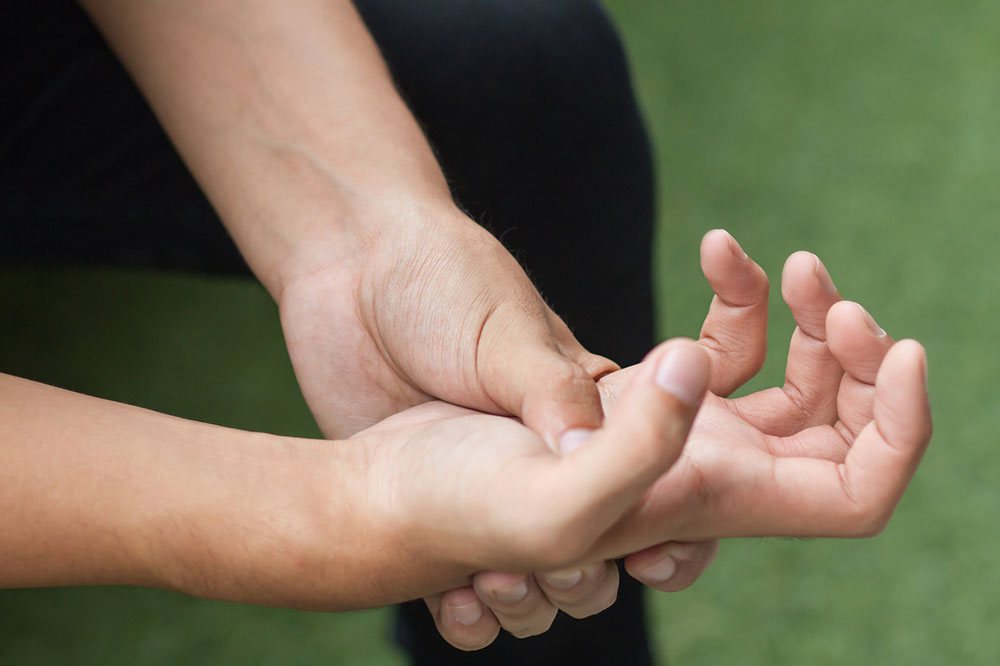Understanding the causes, symptoms, and treatments of Dupuytren’s contracture
The human body has several types of connective tissues, each performing a crucial function. Some tissue provide a medium to diffuse oxygen, nutrients, and waste, going back and forth from cells. Others provide the much-needed resistance to stretching forces such as muscles, tendons, and ligaments. Dupuytren’s contracture is a rare disorder that results in the thickening and tightening of elastic tissue, a form of connective tissue, right under the skin of the palm and fingers. This abnormality, if left unchecked, can result in a severe hand deformity and could leave the hand in a bent position forever.
There are no known causes of Dupuytren’s contracture.

- Overconsumption of alcohol
- Suffering from regular epileptic seizures
- Persistent smoking
- Diabetes mellitus
- Pulmonary tuberculosis
Note that men over the age of 40 are at a higher risk of developing the disorder.
Symptoms of the rare genetic disorder
The symptoms of Dupuytren’s contracture are quite noticeable.
In the more severe stages, the fingers start to curl inward or towards the palm. The ring finger goes in first and rest follow in quick succession. The thickening and contraction of tissue inward is evident at this stage.
Treatment options
There is no direct cure for progressive conditions. However, the pain and symptoms are manageable over time with proper care and supervision. The following are some of the best options to manage the pain and discomfort of Dupuytren’s contracture:
- Medications for relief
There are several over-the-counter and prescription medications to manage the inflammation and pain. Doctors recommend the use of corticosteroids loaded with powerful anti-inflammatory properties.
- Surgery
For more severe cases where the tissue is already bent, causing restricting and crippling movement, surgery is the last resort to gain relief. Surgery removes the excess tissue to help restore gross motor skills and hand function.

